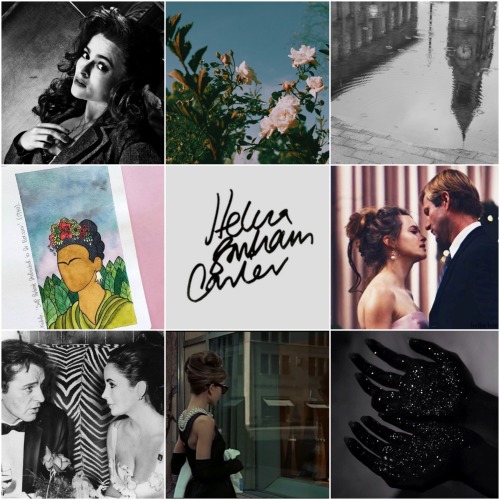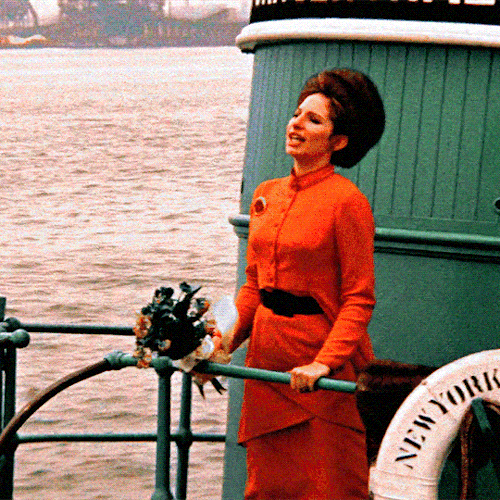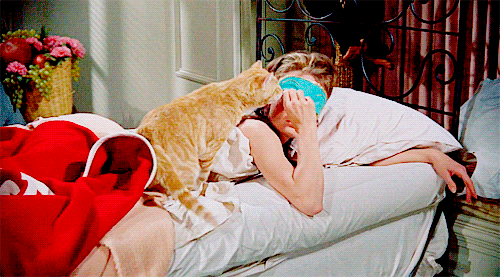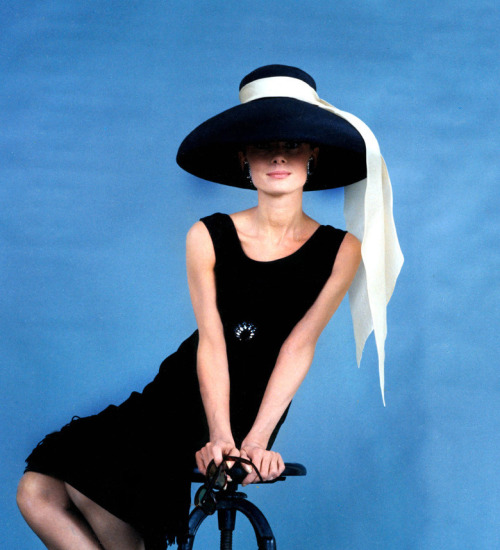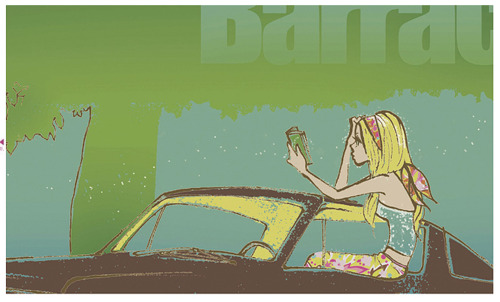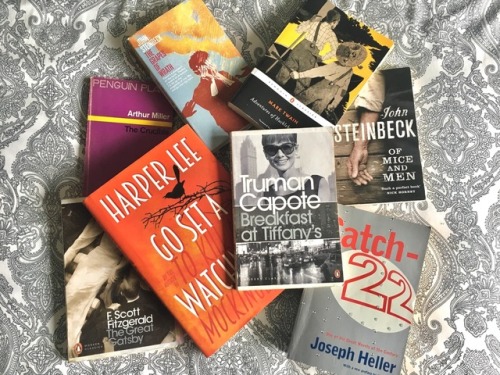#breakfast at tiffanys
@lucyyhoneychurch - I’m in love with your blog darling, it’s splendid. A favourite of mine! Whilst finding images for your mood board I lost count of how many I hit like on. Truly divine♡
Post link
“We belong to nobody and nobody belongs to us. We don’t even belong to each other.”
- Audrey Hepburn as Holly Golightly in Breakfast At Tiffany’s(1961)
Post link
I wonder how many people who treat stringent content moderation and cancel culture as civilization’s first, last, and only line of defense against a world of widespread misogyny and racism understand how many of their favorite bits of entertainment would be unacceptable by today’s standards.
And no, I’m not talking about books written in 1884, when Mark Twain could drop the n-word more often than a hyperactive squirrel with paws coated in butter would drop an acorn and have no one bat an eye. I’m not talking about movies released in 1961, when a white actor could play a racist caricature of a Japanese landlord to widespread praise from critics. I’m talking about 2006.
That year, Markus Zusak gave us The Book Thief, an eerily beautiful coming-of-age book set in Nazi Germany whose virtues would be drowned out by the flood of trigger warnings modern gatekeepers would attach to it. Opening with the death of Liesel’s brother (tw:death, tw:child death, tw:parental abandonment) it includes a loud, abrasive foster mother (tw:abuse, tw:child abuse, tw:verbal abuse, tw:mental abuse) who is portrayed as a headstrong protector of her family (tw:abuse apologism) and the Jew they hide in their basement (tw:white saviorism), as well as a meek foster father who kowtows to his wife’s ways (tw:domestic abuse) and teaches Liesel to roll cigarettes (tw:smoking). It’s narrated by Death (are there even enough trigger warnings for that?) who, rather than condemn characters who have embraced Hitler and Nazism, points to the bitterness, grief, and misinformation catalyzing their fervor (tw:Nazi apologism).
For those of you readying a barrage of rebuttals to that summary, scrolling down to the comments to tell me that I stripped the book of any nuance—that’s the whole point. The Book Thief is a very nuanced story that conveys its message in shades of grey. Few characters are wholly good or wholly evil. Death is a neutral figure, condemning the horrors of war while pitying those who fight it no matter their side, portraying the nightmarish consequences of hatred while showing the reader how it is born. But since when has nuance ever mattered to someone riding high on a wave of righteous anger?
Moving on, 2006 was also the year My Chemical Romance released The Black Parade, which sees Death (tw tw tw) telling the story of The Patient, a man whose life was filled with war, depression, political unrest, PTSD, religious guilt, self-loathing, broken relationships, and near-constant suicidal ideation—a life that ends in his thirties from heart complications due to a long, painful, emotionally draining battle with cancer. Millions of depressed kids, teens, and adults have found catharsis in the album’s raw, honest lyrics, but those same lyrics would earn the band a #CancelMCR hashtag today. To wit:
Another contusion, my funeral jag/Here’s my resignation, I’ll serve it in drag: Mocking drag queens and men who crossdress. Using a very real expression of gender identity for shock value. Blatantly transphobic.
Juliet loves the beast and the lust it commands/So drop the dagger and lather the blood on your hands Romeo: Toxic relationship. Probably violently abusive. #DumpThePatient, lady, and #MCRStopRomanticizingAbuse.
Wouldn’t it be grand to take a pistol by the hand?/And wouldn’t it be great if we were dead?: Oh my fucking god, they’re romanticizing suicide now? How was this album even allowed to be made? Who let this happen and how soon can we #cancel them?
If you’ve heard the album, you know none of the above interpretations are remotely true. You’ve probably shaken your head at the Daily Mail’s infamous claim that My Chem promoted self-harm and suicide, but the sad truth is that if The Black Parade were released in today’s climate, that claim would probably be taken up by the very people who now consider themselves fans. The raw honesty that resonated with so many could easily be taken as a stamp of approval on the very suicides its songs have prevented. The anti-suicide anthem, “Famous Last Words,” could be ignored or twisted into a mockery of those who condemn suicide, and the darkly wholesome “Welcome to the Black Parade” music video would likely be taken as enticement toward teens who want to end their lives: “Look at all the cool things you’ll get to see once you’re dead and gone!”
Again, anyone who is even a casual fan of The Black Parade knows this is a deliberately malicious misreading of the material. My Chem’s music has been gratefully embraced by LGBTQ+ kids looking for a place to belong, and the band members have been outspoken in their support. They’ve been quoted, on multiple occasions, speaking out against suicide and self-harm. We know Parade is not pro-anything except pro-keep on living. But we know this because we gave the band a chance to tell us. We assumed good intent when we listened to their music, and so their intended message came across without interference. Were Parade released today, in the era of AED (Assume the worst, Exaggerate the damage, and Demand outsized retribution), the resulting furor (and refusal to hear their objections to the rampant misinterpretations) could very well have forced My Chem to vanish into obscurity.
And look. I’m not against content moderation wholesale. I actually think it’s done some good in the world of entertainment. Podcast hosts and book reviewers who warn audience members about triggering content allow them to avoid that content before they suffer an anxiety attack. As a librarian, I have personally and enthusiastically recommended Does the Dog Die?, a website (doesthedogdie.com) that tracks hundreds of anxiety triggers in media, to colleagues who work with kids so they can allow their students to request a different book or movie if the assigned one would cause undue distress. Trigger warnings can prevent anxiety attacks. Content moderation allows audiences to make informed choices.
But some things are toxic in high amounts, and when it comes to content moderation, we’ve long since passed that mark.
When trigger warnings are used not as honest labels of content, but as a means to frighten people away from material they might otherwise enjoy, trigger warnings become toxic.
When self-appointed content moderators tell others what interpretations they should take from a piece of entertainment, rather than allowing them to come to their own conclusions, content moderation becomes toxic.
When artists are afraid to produce their most honest work for fear their honesty will be twisted into something dark and ugly, the world of fandom becomes toxic.
Content moderation is not bad in itself. It can actually be a valuable tool for sufferers of anxiety, PTSD, and other disorders. But when it goes hand in glove with cancel culture, it becomes a monster, keeping audiences from discovering something they might otherwise enjoy by twisting the content into something it’s not.
By all means, tag your triggers. Warn about your content. But don’t tell your followers to expect something horrible that isn’t even there.
Gone With The Wind (1939)
Breakfast At Tiffany’s (1961)
Fantasia(1940)
Funny Girl (1968)
An American In Paris (1951)
Post link

Cinektober day 10: coffee
Rare candid photo of Audrey Hepburn on a cigarette break while shooting Breakfast at Tiffany’s in New York.
Post link
Audrey Hepburn chats with the director (and rests her tired foot) on the street location filming Breakfast At Tiffany’s.
Post link
A rare candid photo of Audrey Hepburn walking in New York with Breakfast At Tiffany’sco-star George Peppard.
Post link
The radiant Audrey Hepburn at the Rome, Italy premiere of Breakfast At Tiffany’s 17th November 1961.
Post link
“ The cat actor Putney, partner of actress Audrey Hepburnin Breakfast At Tiffany’s. Putney was found in New York City and for two months was in Hollywood for the movie, was payed 350 dollars a week for his acting efforts.”
for S.
Post link
Audrey Hepburn (still wearing the filming hairstyle) arrives to the first ever public premiere of Breakfast At Tiffany’s in Los Angeles.
The event was held at Grauman’s Chinese Theater, 17 October 1961. She brought her mother and husband with her.
Post link
Audrey Illustrated-
Anyone who captures the essence of Audrey Hepburn cannot escape our radar. This Japanese illustrator has a style which can only be described as ‘Delicious’
See more on Yuki Hatori at http://cwctokyo.com/index.php/en/artists/view/YukiHatori
Voir.
Post link
Happy 4th of July to all my American followers! Hope you have a fab day/night of celebrating Independence Day! In homage, here’s a few American Literature classics to brighten your day! ✨
Post link



